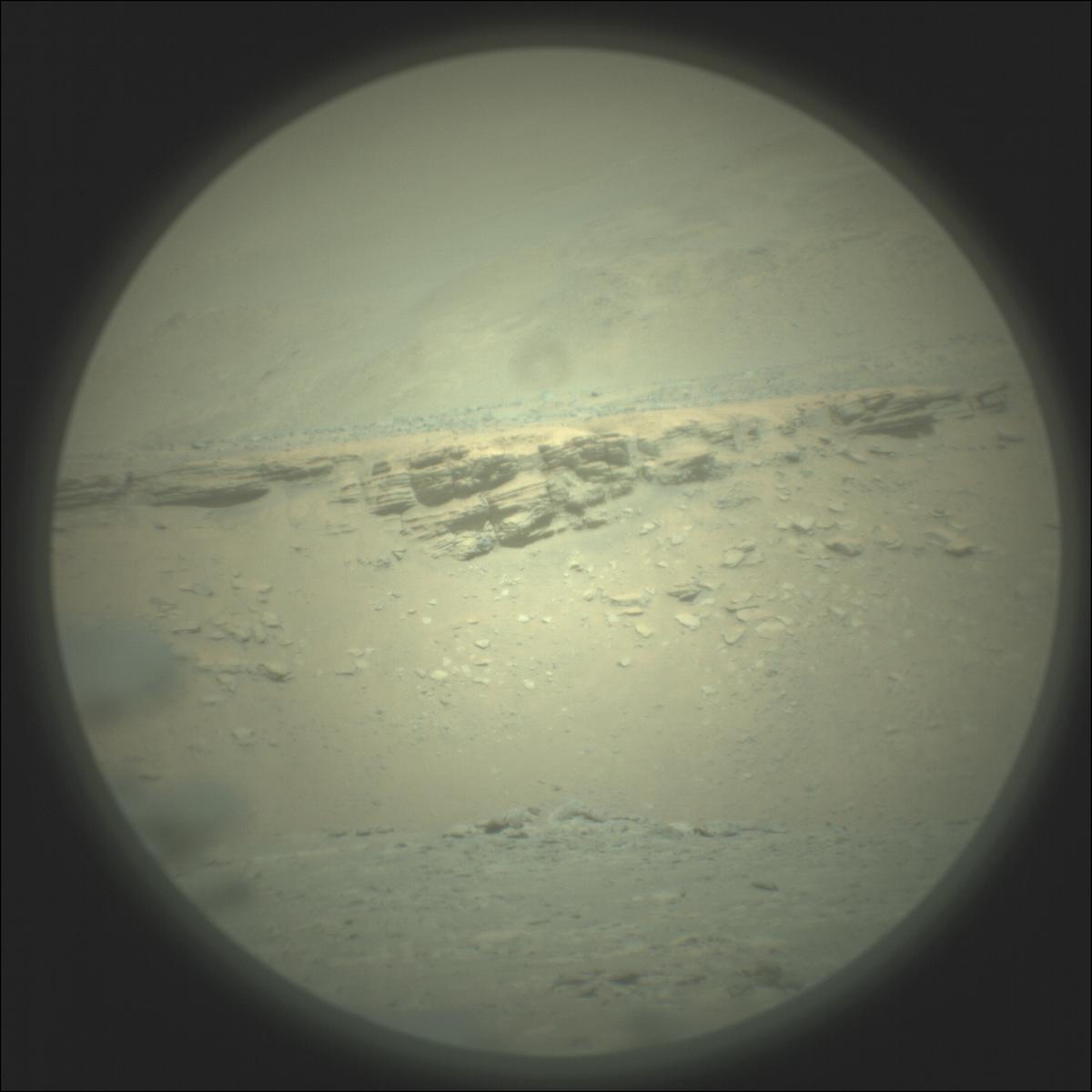3 min read

Science as Perseverance dislodges pebbles and prepares to head back north.
We’ll soon be on the move again after shaking loose some pesky pebbles that became lodged in Perseverance’s bit carousel. How has the science team been making the best use of our extended stay at the Issole parking space, and preparing for our next phase of science investigations?
As outlined in our previous blog post, the team made good progress ejecting pebbles that became lodged in the interior of Perseverance’s bit carousel, but two more stubborn ones remained on the outside. The rover recently completed a little “bump” of 3 meters and: success! The two remaining pebbles shook loose. Perseverance then repositioned itself again at the Issole outcrop to re-take what will be our second sample of a pair at this location (third time’s the charm!) before driving back north again.
In the meantime, the science team has been hard at work preparing for our next phase of science operations, which will take us towards the western delta. To prepare, the team has been taking long-distance observations of the delta and layers along Artuby ridge with both the Mastcam-Z and SuperCam instruments (e.g. a recent observation from the SuperCam Remote Micro-Imager is shown above). Our observations last week included Mastcam-Z stereo images of the western part of Artuby ridge that will allow us to create 3D models of the outcrop. We’ve also continued with atmospheric science, including data collection during a dust storm originating in Hellas that passed over the rover during sols 312-318 (~5th – 11th of January).
Looking forward, after we finish sampling at this location, Perseverance will move back to Artuby ridge where we’ll undertake proximity science at a location known as “Rimplas”. After that, the team is still deciding whether to reattempt a sample at Roubion, where our first sample disintegrated, and/or to take a sample of the “Chal” member rocks, which are massive, blocky rocks closer to our landing site. These decisions, as all decisions on a mission as complex and ambitious as Mars 2020, will be a tradeoff between sols (the martian days we’ll spend) and the expected science return. We’ll then begin a multi-km drive aimed at reaching the delta as soon as possible. Along the way, science observations may include investigations of the craters we pass throughout our journey to the delta. This could be particularly useful for understanding the sequence of events at Jezero crater, which may be revealed in exposures along the crater walls.
The team is starting to plan these observations now, because with Perseverance’s autonomous driving capabilities, we’ll be at the delta before we know it. The team is looking forward to being on the road (or on the rove) again!
Written by Eleni Ravanis, Student Collaborator at University of Hawaiʻi at Mānoa







